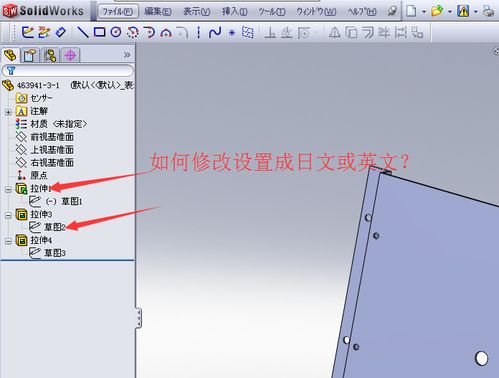
When we talk about the transformation of a paper airplane, we are essentially referring to the process of converting a simple piece of paper into a flying machine. This concept can be seen as a metaphor for creativity and innovation, where something seemingly mundane is transformed into something extraordinary.

A paper airplane, also known as a paper dart or paper glider, is a small aircraft made from a sheet of paper. It is a popular toy and has been enjoyed by people of all ages for centuries. The simplicity of its design and the ease of its creation make it a universal symbol of fun and imagination.

The transformation of a paper airplane involves several steps. First, the paper must be folded in a specific way to create the necessary aerodynamic shape. This shape typically includes wings, a tail, and a nose. The wings are designed to generate lift, while the tail helps to stabilize the aircraft. The nose, or the front part of the airplane, is crucial for steering.

There are various techniques for folding a paper airplane, each with its own set of instructions. Some common methods include the dart, the dart with a tail, the origami airplane, and the F-16. Each method has its own advantages and can result in different flying characteristics.

The science of paper airplanes is based on the principles of aerodynamics. When a paper airplane is thrown, it moves through the air, and the air exerts forces on it. These forces include lift, drag, and thrust. Lift is the force that keeps the airplane in the air, while drag is the resistance that slows it down. Thrust is the force that propels the airplane forward.

When designing a paper airplane, there are several factors to consider. The size of the paper, the type of paper, and the folding technique all play a role in the airplane's performance. Additionally, the weight distribution and the balance of the aircraft are important for achieving stable flight.

Once a paper airplane is folded, it is important to test its performance. This involves throwing the airplane and observing how it flies. If the airplane does not fly as desired, it may be necessary to make adjustments to the design. This could involve changing the shape of the wings, adjusting the angle of attack, or even altering the weight distribution.

Paper airplanes have cultural significance in many parts of the world. They are often associated with childhood and the joy of play. In some cultures, paper airplanes are used in rituals or as a form of art. The simplicity and universality of the paper airplane make it a timeless symbol of creativity and innovation.

While the basic concept of the paper airplane remains unchanged, there have been modern innovations that have improved its performance. For example, some paper airplanes are designed with carbon fiber or other lightweight materials to enhance their aerodynamic properties. There are also electronic paper airplanes that can be controlled remotely.

The transformation of a paper airplane from a simple piece of paper to a flying machine is a testament to the power of creativity and innovation. It is a process that combines art, science, and imagination. Whether you are a child playing in the park or an engineer designing a new aircraft, the principles behind the paper airplane can inspire and educate.
